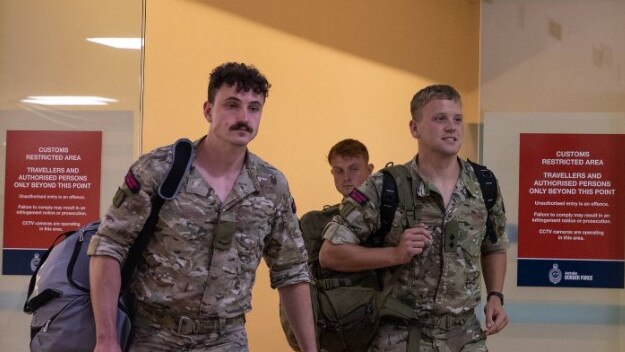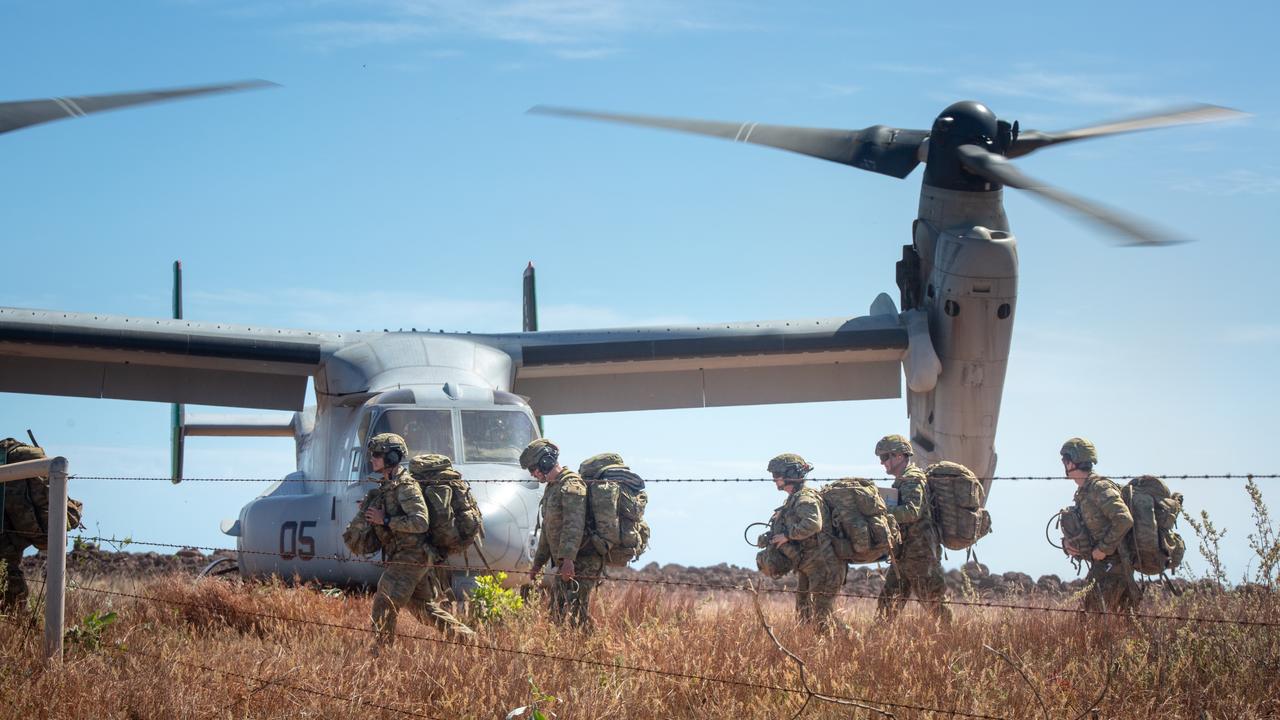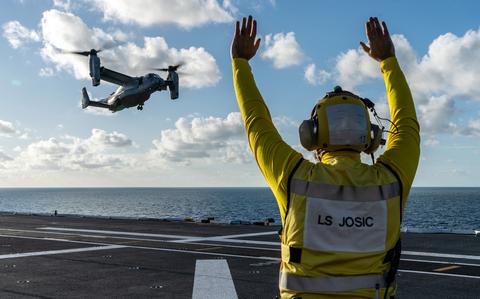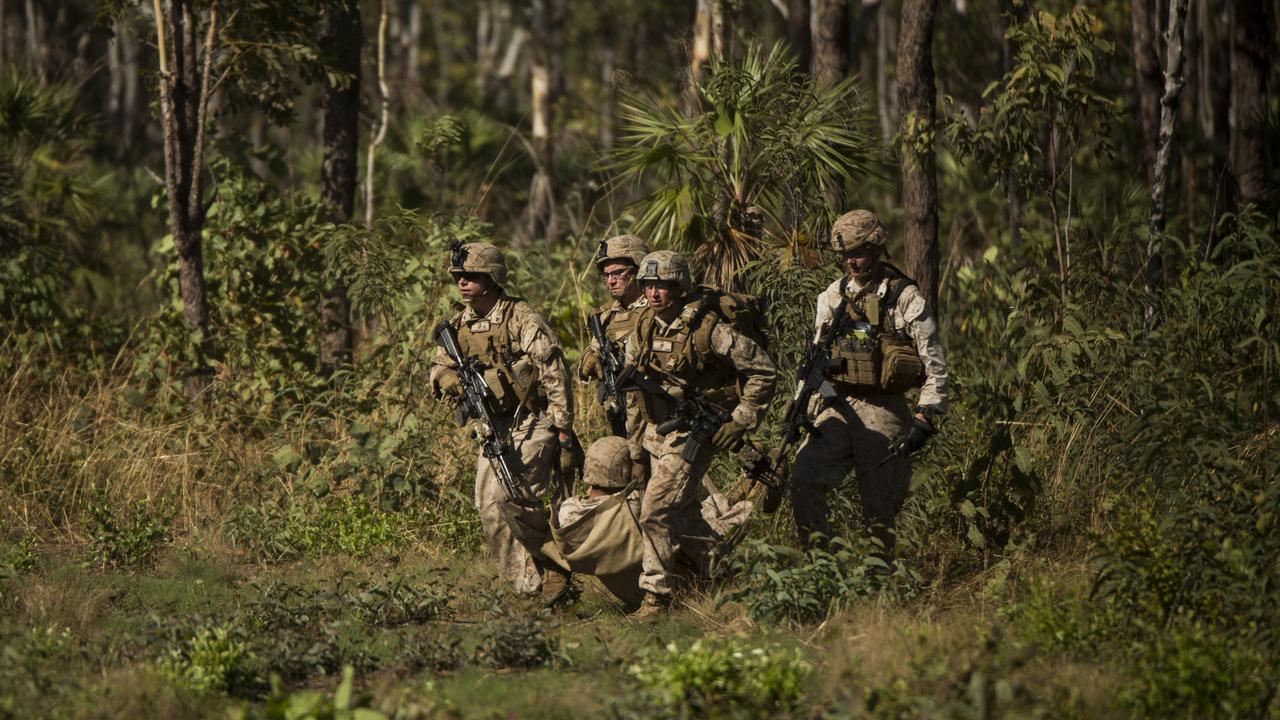
The United Kingdom has sent an elite Special Forces Unit to the Top End ahead of a massive multinational military exercise this month.
Last weekend, troops from 40 Commando, Royal Marines, touched down at Darwin Airport to take part in the Australian Army-led Exercise Predator’s Run.
Having travelled more than 14,000 kilometres, it is understood 40 Commando’s touchdown was preceded by an advanced party which arrived early to plan alongside local Australian Defence Force (ADF) units.
The Defence spokesman also confirmed personnel from the Philippine Army would participate in the exercise.




